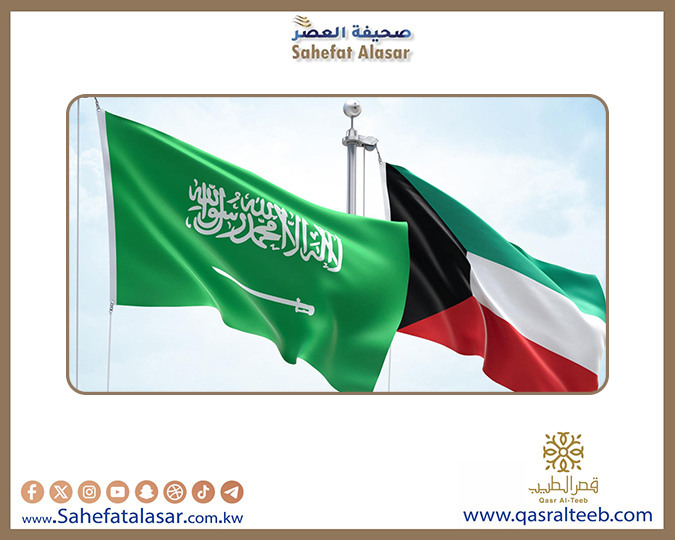


The White House confirmed on Tuesday that U.S. President Donald Trump has directed his team to develop an "acceptable" framework for the security guarantees requested by Kyiv to reach a permanent peace agreement with Moscow. This comes amidst Russia's refusal to allow the deployment of North Atlantic Treaty Organization (NATO) troops in Ukraine, which shares a border with Russia.
In a press briefing response to a question on whether the security guarantees being discussed by Trump with European leaders resemble the content of NATO's Article 5—which stipulates that an attack on one member is considered an attack on all, necessitating a collective response—White House Spokeswoman Caroline Levitt stated: "President Trump has been absolutely clear that U.S. forces will not be on the ground in Ukraine. But we certainly can help coordinate and perhaps provide other means to provide security guarantees for our European allies."
She confirmed that Trump "understands the importance of security guarantees to ensure a lasting peace and has directed his national security team to coordinate with our friends in Europe and continue cooperation and discussions on these matters with Ukraine and Russia."
Regarding Russia's expressed refusal of a NATO military presence in Ukraine, Levitt said that Trump "continues to have these discussions with the two leaders," referring to the Russian and Ukrainian presidents.
She affirmed that the U.S. President has "directed his team to develop a framework for these security guarantees that is acceptable to help ensure a lasting peace and end this war."
Earlier in the day, in an interview with Fox News, the U.S. President had clarified that the security guarantees he is seeking to secure for Kyiv do not include an American military presence on Ukrainian territory.
This development follows a meeting Trump held with Ukrainian President Volodymyr Zelenskyy at the White House the previous day. A key point from the meeting was the U.S. President's confirmation that his next meeting with European leaders would discuss the security guarantees demanded by Ukraine, in addition to the Ukrainian President affirming his openness to meeting with his Russian counterpart.
Following the initial bilateral meeting, a larger meeting was held that included the American and Ukrainian presidents, European Commission President Ursula von der Leyen, French President Emmanuel Macron, German Chancellor Friedrich Merz, British Prime Minister Keir Starmer, Finnish President Alexander Stubb, Italian Prime Minister Giorgia Meloni, and NATO Secretary-General Mark Rutte.
After the conclusion of both meetings, Trump called his Russian counterpart. In a post on the Truth Social platform, he stated that he began "arrangements for a meeting to be held at a location to be determined between President Putin and President Zelenskyy" during the call.

